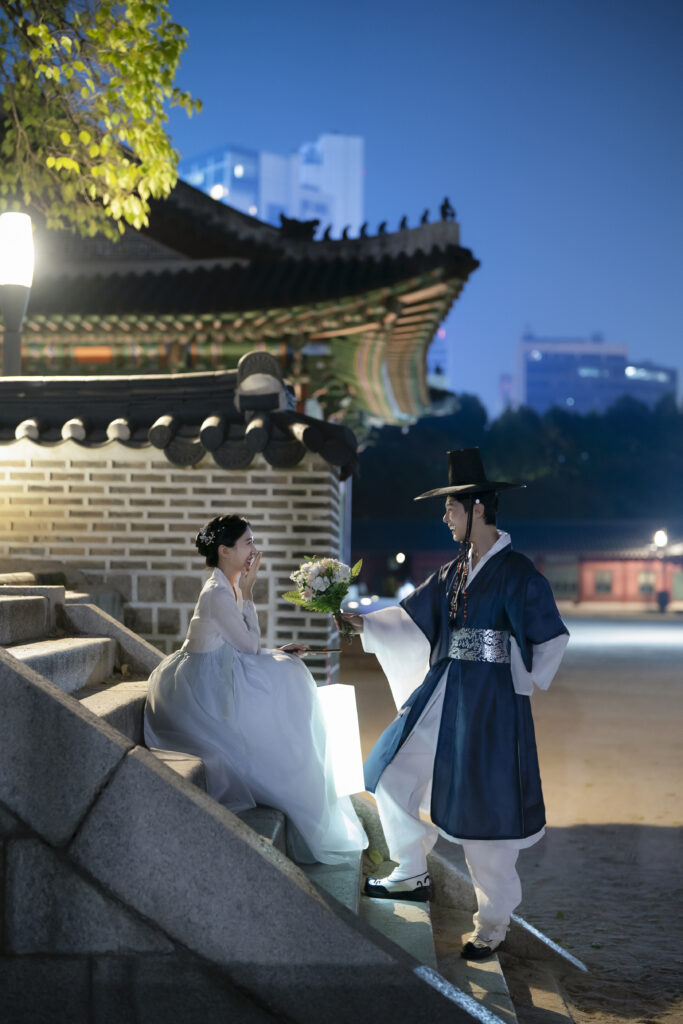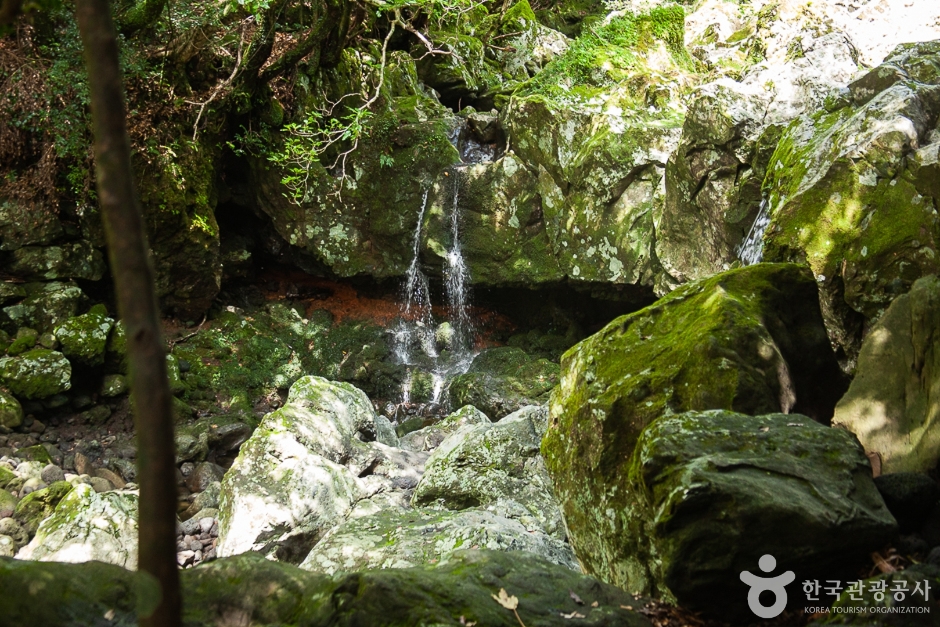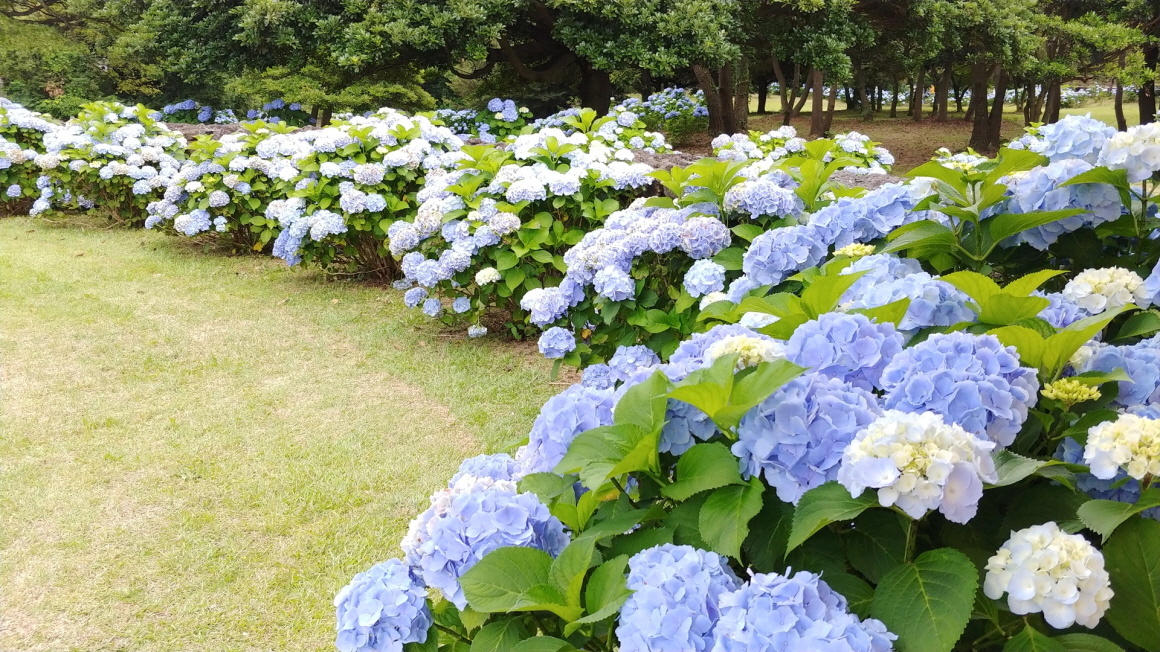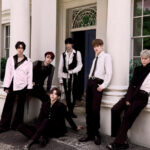Now Reading: Jeju Honinji Hydrangea Spot: Where Myth Meets Blue Blooms
-
01
Jeju Honinji Hydrangea Spot: Where Myth Meets Blue Blooms
Jeju Honinji Hydrangea Spot: Where Myth Meets Blue Blooms
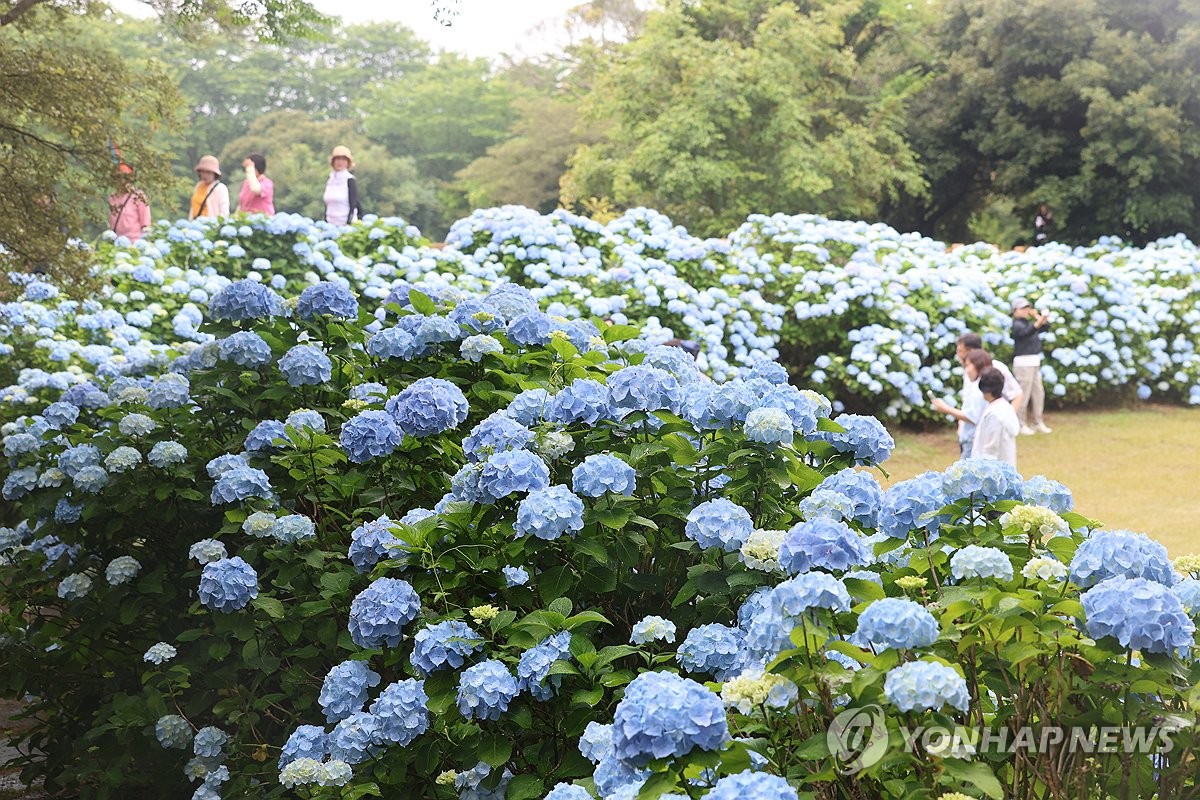
Jeju Honinji Hydrangea Spot: Where Myth Meets Blue Blooms
1. Discover the Mythic Marriage Pond
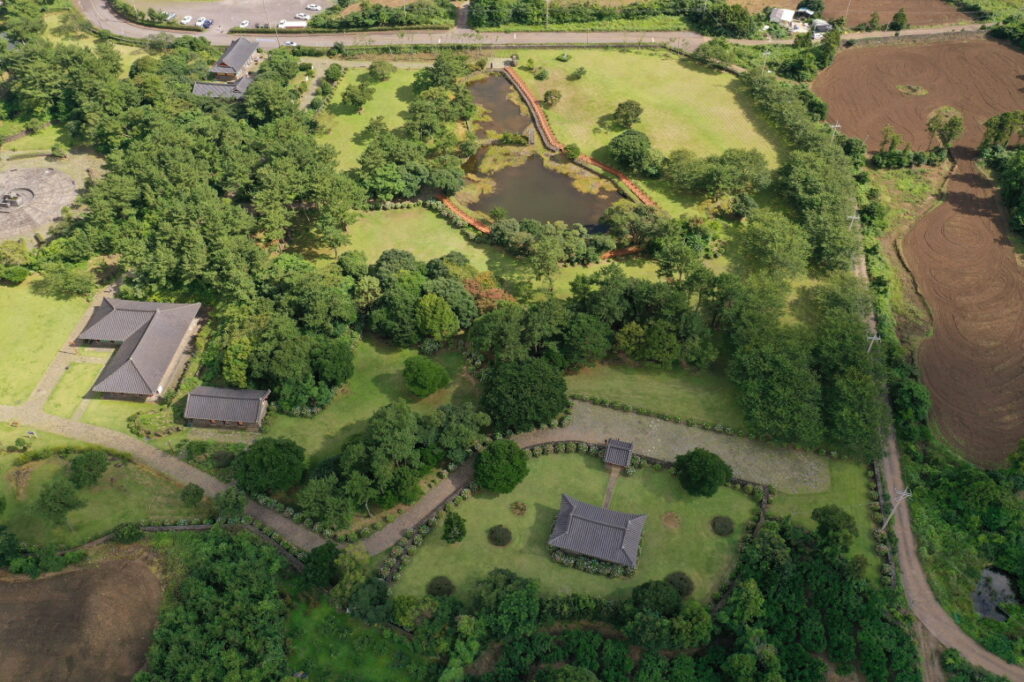
Hidden among stone walls and mandarin trees in Onpyeong-ri, Honinji Pond is much more than a pretty watering hole. Jeju designates the site as Monument No. 17, preserving the legendary venue where three demi-gods of Tamna wed three princesses from the fabled kingdom of Byeongnang Trip.com 2025. The small pond—just a leisurely ten-minute circuit—still shelters three low caves said to be the couples’ bridal homes. Thanks to careful village stewardship, admission and parking remain free, and the gate stays open daily from 08:00 to 17:00 Trip.com 2025. Wander the footbridge, watch koi ripple beneath lotus leaves and feel Jeju’s founding myth rise from the misty surface.
2. Why Honinji Tops the List of June Hydrangea Hotspots
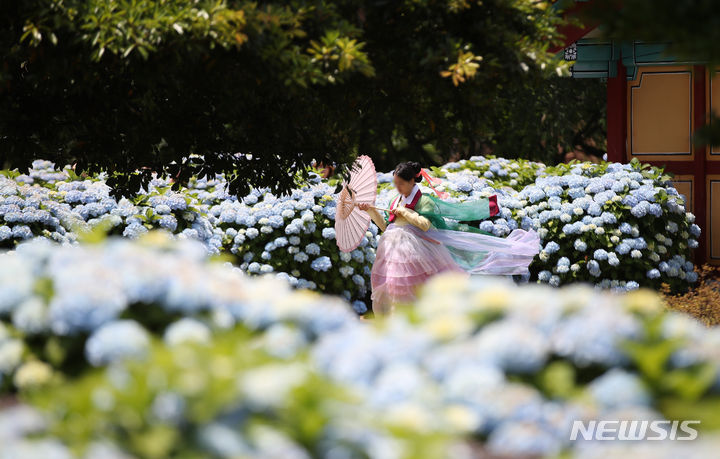
Acid-rich basaltic soil turns Honinji’s hydrangeas a vivid cobalt rare elsewhere on the island; the same shrubs grown in alkaline ground would flush pink Gardening Know How 2023. Peak bloom bursts from late May to late June, with full heads typically unfurling the first two weeks of the month VisitKorea 2021. Those sapphire blossoms frame every photo angle—especially striking at 09:00, when low sun grazes the petals and still water doubles the color pop. Visit again after 16:00 for side-lighting that deepens purples and reveals subtle veining on each sphere. In other words: sunrise for serenity, golden hour for drama.
3. Getting There: Driving and the East-Coast 201 Bus

Honinji sits just 5 km southwest of UNESCO-listed Seongsan Ilchulbong; expect a ten-minute hop by rental car or taxi Trip.com 2025. Navigators recognise “Jeju Honinji Village Parking Lot,” and EV chargers await early adopters. Prefer public transport? Board trunk-line bus 201, the slow-travel ring hugging Jeju’s east coast from Jeju City to Seogwipo. The ride costs ₩1,150 with a T-money card, stops at almost every attraction and calls at “Onpyeong 1-ri” for Honinji; intervals run 30–80 minutes, so check the screen at the shelter VisitKorea 2025. From the stop it’s an eight-minute stroll down a camellia-lined lane to the pond.
4. The Best Times and Angles for Blue-Hydrangea Photography
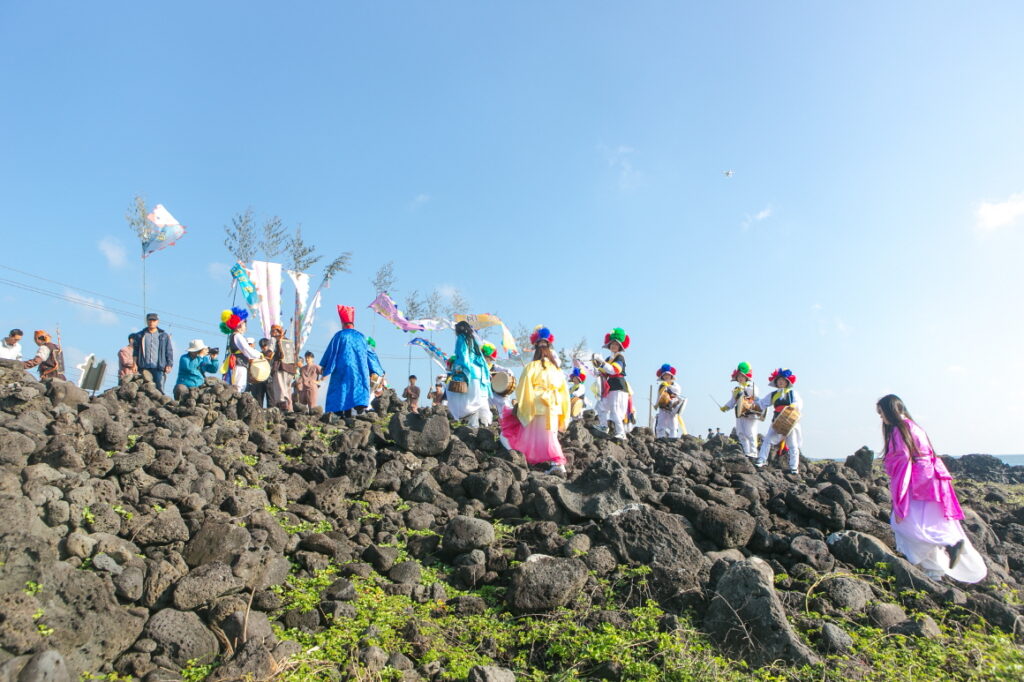
Morning fog often drifts off the nearby coast and lingers over the pond; arrive before 09:00 to capture mirror-flat reflections. For tunnel shots, shoot straight down the basalt path with a 24 mm lens; the curve of hydrangeas frames the subject like a living portal. Want those cinematic petal close-ups? After rain, droplets bead on the waxy sepals—dial aperture to f/2.8 to melt the emerald background. With a tripod you can lower ISO to 100 and let the scene glow. Late afternoon warms skin tones for portraits in hanbok rental from the adjacent village office; pair a traditional “kkot-gal” wicker hat to echo the round blooms. Finally, remember blue pops against orange—an easy wardrobe win.
5. Walking the Village: Murals, Springs & Storybook Decks
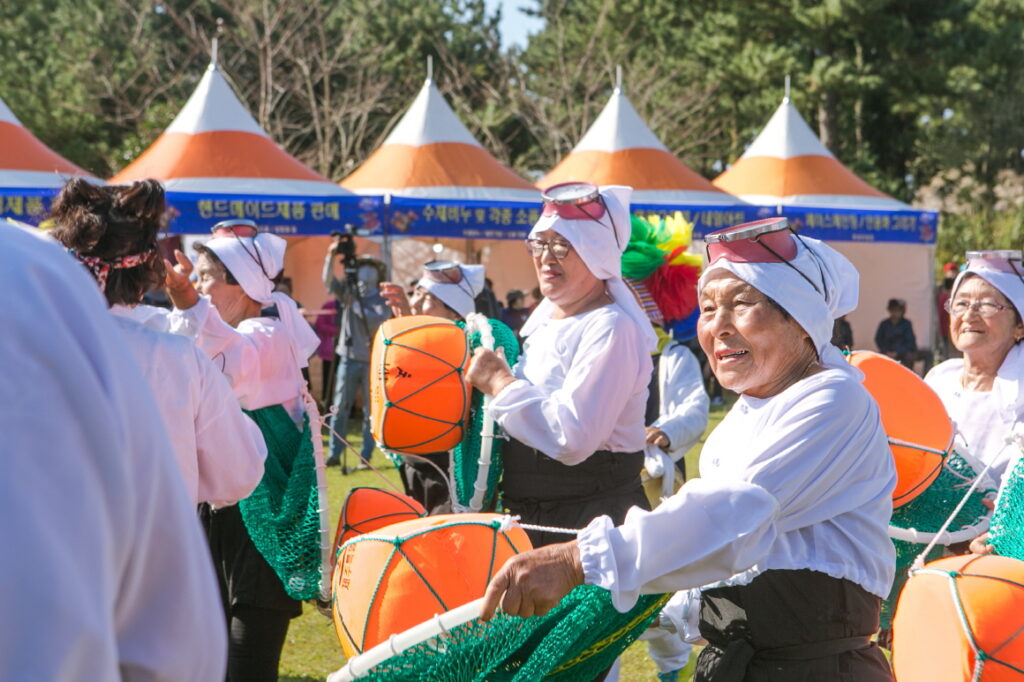
Spend an unrushed 40 minutes tracing a figure-of-eight loop. Behind the community hall, 120 metres of pastel mural retell the wedding myth in folk-art style—ideal for context shots. North of the pond, a shaded pavilion straddles a freshwater spring once used as the communal laundrette; today travellers dip weary feet while dragonflies patrol the reeds. Finish on the cedar-plank deck donated by residents: its raised angle lets you frame hydrangeas, lotus pads and the thatched pavilion in a single click. All attractions fall within 200 metres, so the walk suits families and tripods alike.
6. Festival Guide: “Hydrangeas & Harmony” Weekends in 2025
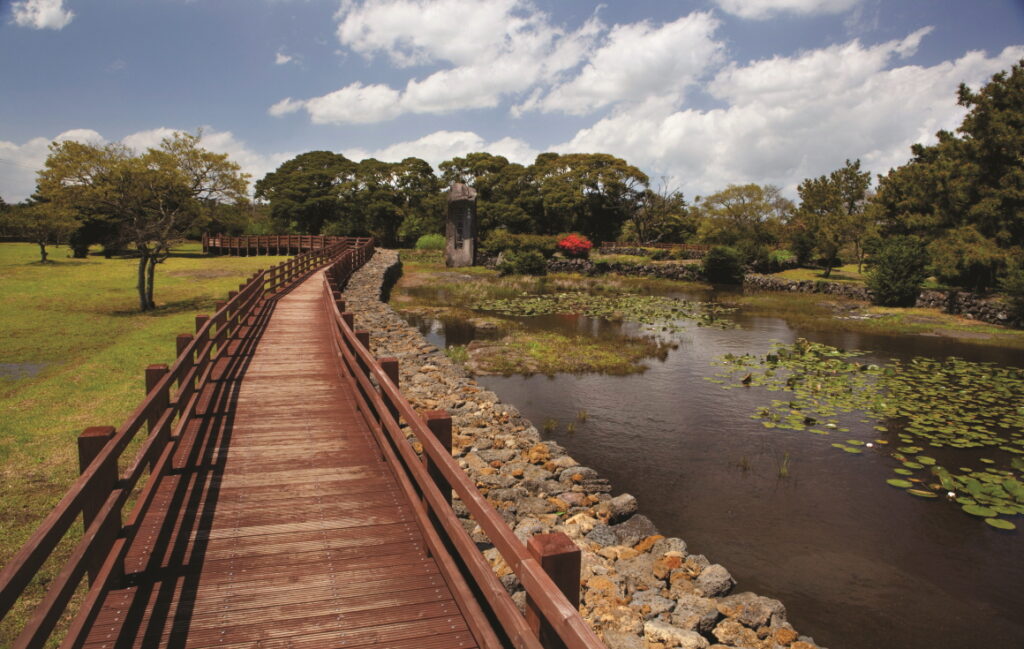
From May 30 to June 15 (Fridays–Sundays), Onpyeong-ri stages “Hydrangeas & Harmony at Honinji.” Each festival day features free traditional-wedding reenactments at 15:00 and 19:00, complete with taepyeongso fanfare and silk-robed procession Newsline Jeju 2025. Visitors volunteer as bridesmaids, borrow hanbok at no charge, release lanterns over the pond and sample coastal snacks such as okdom (grilled tilefish) and chewy bingtteok pancakes. All program fees are waived—potent proof that community-run culture can remain inclusive.
7. Pairing Honinji with the East-Jeju Hydrangea Belt
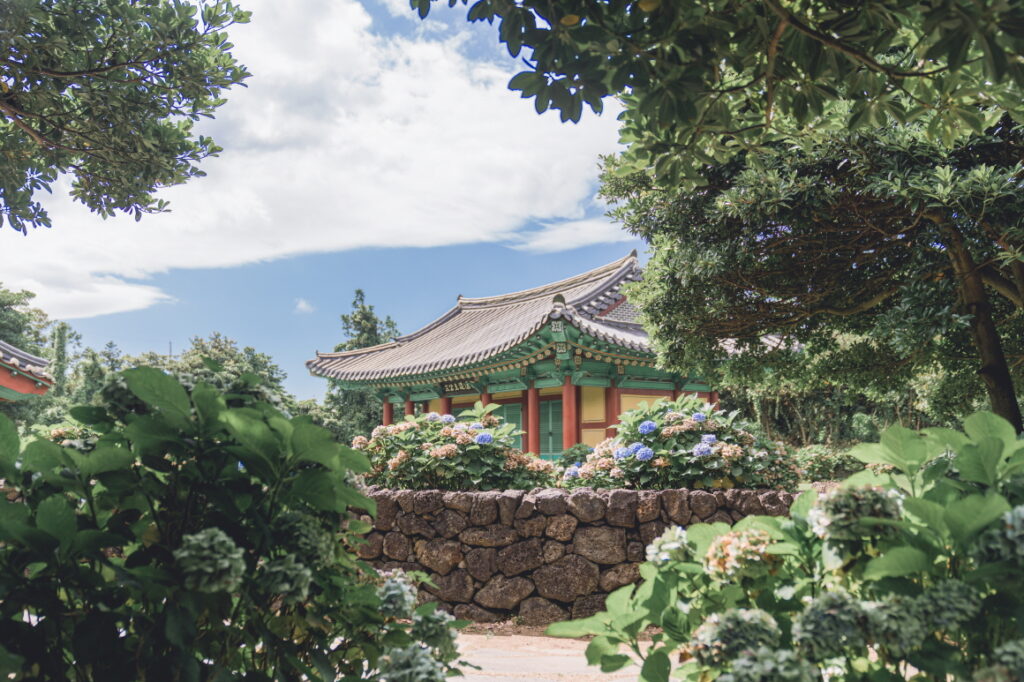
Hydrangea lovers can craft a kaleidoscopic day trip. Start at Honinji’s blue tunnel, drift ten minutes north to the pink-and-white shrubs edging Jongdal Coast, linger over sea views at Sehwa Café-Street, cruise to Woljeong-ri’s roadside blues, then loop back for sunset at Seongsan Ilchulbong’s crater rim. The full circuit measures 35 km—about an hour of wheel-time—and every leg offers cafés, convenience stores and coastal pull-outs VisitJeju 2024. Even without a car, bus 201 shadows much of the route, making the belt friendly to solo backpackers.
8. Weather & Packing Tips for Early-Summer Seogwipo
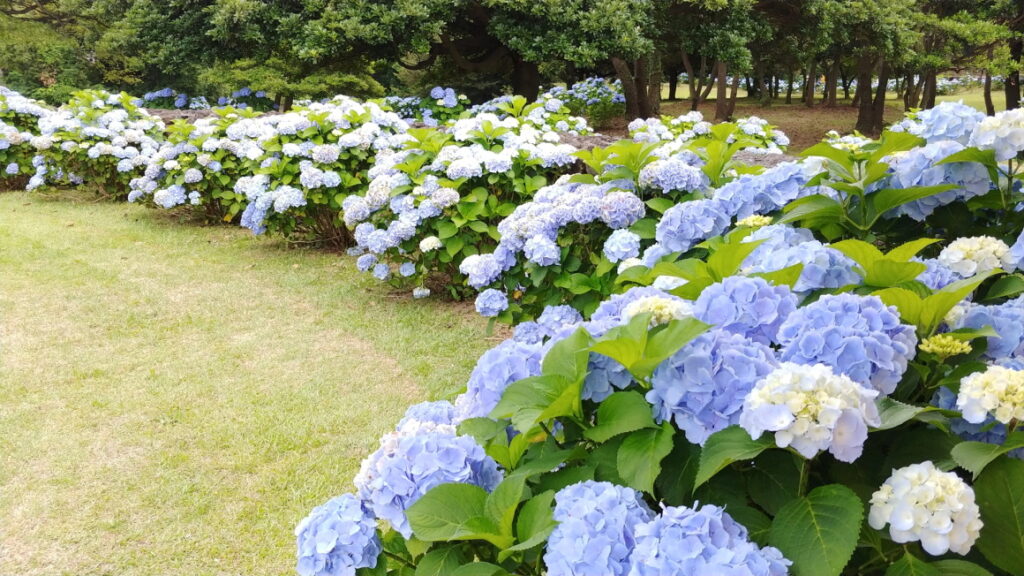
June ushers in soybean-soup-warm days: Jeju averages highs of 24.8 °C and lows near 18.7 °C, with humidity hovering around 77 percent Weather-Atlas 2024. Pack airy linen, but carry a light rain shell for sudden jjangma showers after 14:00. Dawn can feel brisk, so a thin merino scarf doubles as tripod padding. Insect-wise, wetlands breed hungry mosquitoes—apply repellent and choose pale trousers for the deck walk. Slip-on shoes help when stepping onto low boats or picnic mats.
9. Budget Hacks: Free Entry & the Jeju Tour Pass Combo
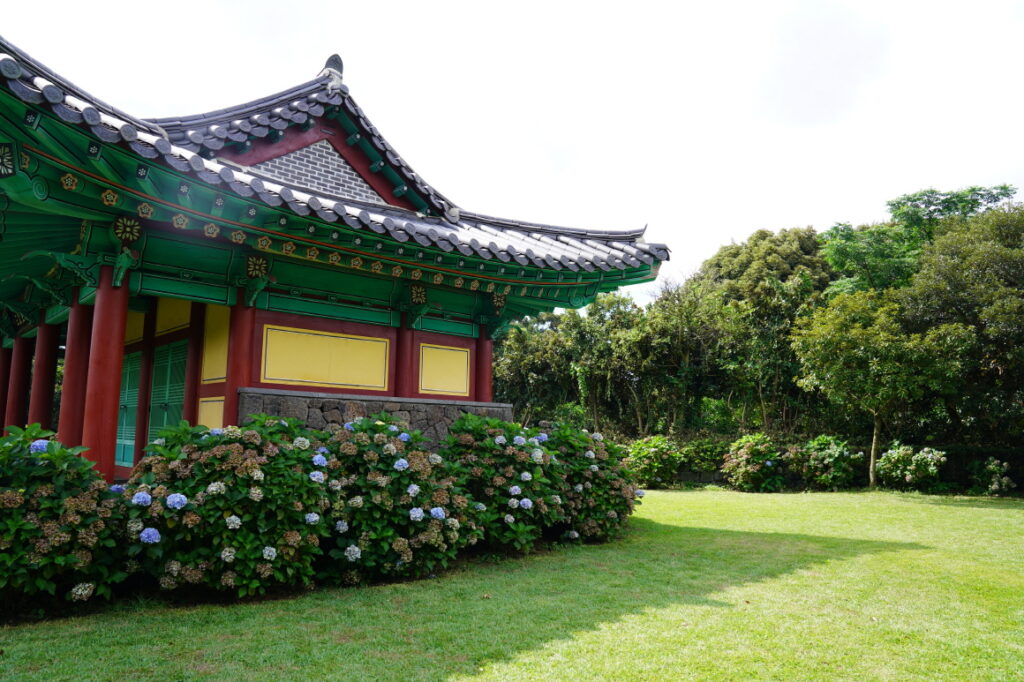
Honinji itself costs nothing, but savvy travellers bundle the Jeju Tour Pass 48-hour to slash expenses on nearby paid gardens such as Camellia Hill and Maze Land—entry discounts average 30 percent KKday 2025. The pass app also dumps live hydrangea bloom maps onto your phone, updating photo zones by colour and crowd level. QR check-ins simplify parking at partner sites, and the digital timetable flags the next East-Coast bus in Korean & English. Even if you break even on tickets, the logistics alone justify the ₩25,000 sticker price.
10. Sustainable Travel: Respecting Nature and Myth
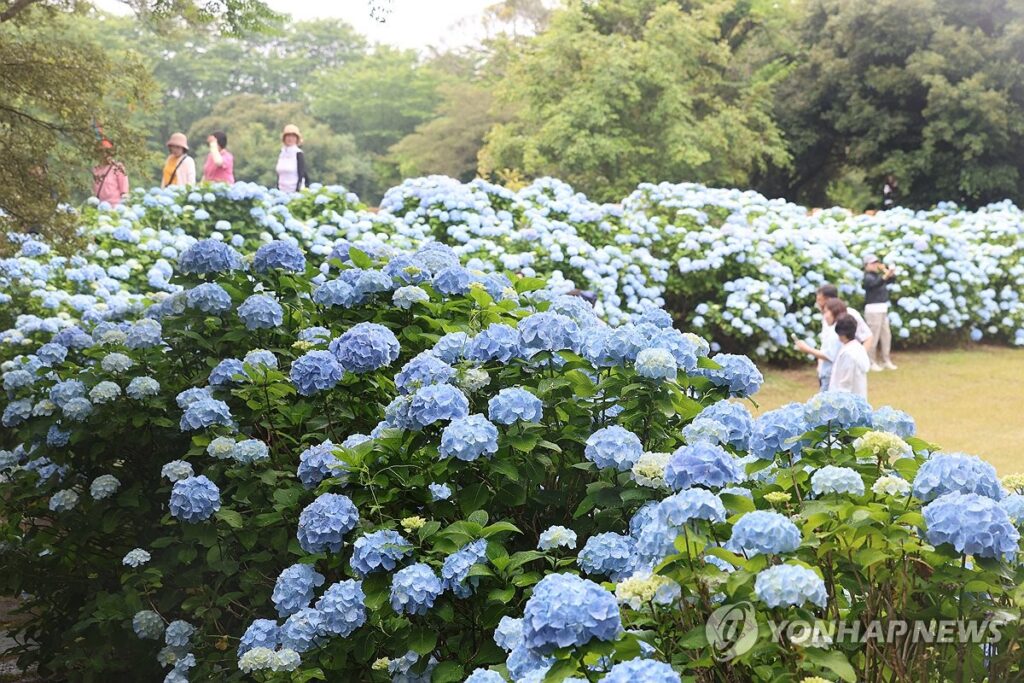
Honinji’s magic depends on fragile ecology—please stay on paved paths to protect acidic soils that keep those blooms sapphire. Take only photos; village residents hand-water young shrubs and sweep petals daily. Noise and drone bans apply during wedding reenactments so oral histories remain undisturbed. If you hike onward on Jeju Olle Trail No. 2, remember that the orange ribbons leading past Honinji mark a coastal ecosystem already stressed by proposed airport expansion Jeju Olle Foundation 2017. Your mindful footsteps safeguard both legend and landscape for seasons of hydrangeas yet to come.












